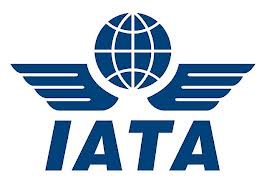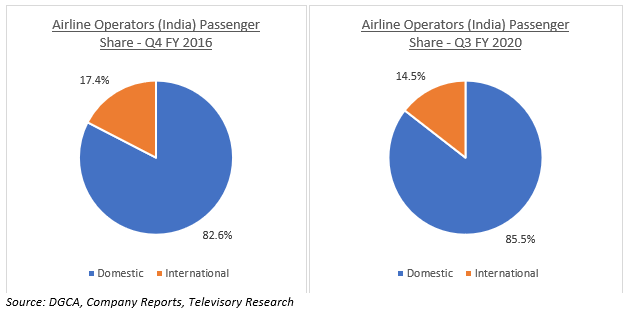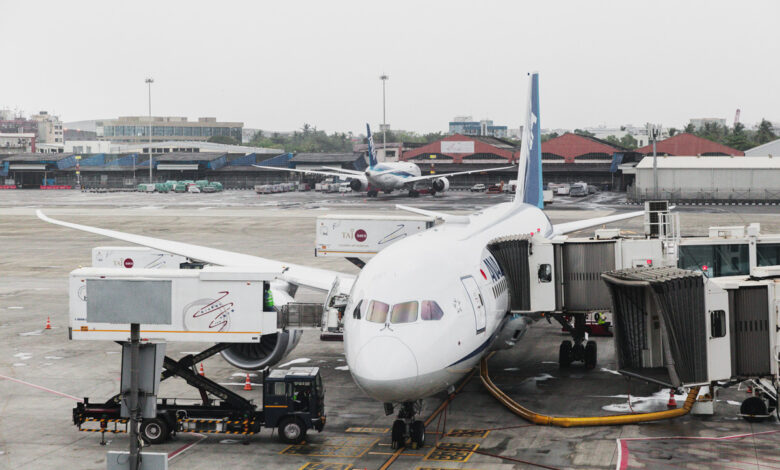IATA: India’s Aviation Industry Has Promising Future, But Caution Needed on High Taxes
India’s aviation sector possesses a promising vision and a well-timed strategy, considering its robust economic growth and large population. However, it is crucial to avoid hindering the positive impact by burdening the industry with excessive taxes, according to the International Air Transport Association (IATA). Marie Owens Thomsen, the Chief Economist at IATA, expressed her disapproval of any form of duopoly in the airline industry. She emphasized the significance of healthy competition and resilient participants when addressing the question of a potential duopoly in India’s rapidly expanding airline market.

While domestic air traffic is on the rise, the airline segment faces challenges, with Go First suspending operations and SpiceJet grappling with various issues. On the other hand, IndiGo and the Air India group are expanding their presence, while Akasa Air, a relatively new player, is steadily growing.
“As an economist, I am naturally opposed to any form of duopoly. In general, we advocate for intense competition in economics as it fosters innovation, improves services, and lowers prices. However, if the market becomes overcrowded with excessive capacity, there is a risk of having financially unsustainable players. What we strive for is healthy competition with robust and resilient participants,” she explained.
During an interview at the IATA World Air Transport Summit in Istanbul. Thomsen praised India’s strategy of expanding airports and increasing the number of aircraft. She cautioned against impeding the potential results of these initiatives by imposing excessive taxes and burdensome regulations.
“… However, India has not yet achieved the rapid growth that we had hoped for,” she pointed out.
Thomsen, the Senior Vice President of Sustainability & Chief Economist at IATA, represents a coalition of over 300 airlines, accounting for more than 80 percent of global air traffic. Several Indian carriers, including Air India, IndiGo, and SpiceJet, are members of IATA.
Regarding the Indian market, Thomsen acknowledged the presence of a sound vision but emphasized the importance of effective execution. “Having the right policies is one thing, but careful implementation is necessary to avoid diminishing their positive impact.”
Earlier this week, Civil Aviation Minister Jyotiraditya Scindia stated that India aims to have over 200 airports, heliports, and water aerodromes within the next five years. Additionally, domestic carriers are expected to order up to 1,400 additional planes during the same period.
In February, aircraft manufacturer Boeing projected that India would require approximately 2,210 new planes over the next two decades. They also anticipated a nearly 7 percent annual growth in domestic air traffic through 2041.
Responding to concerns about low airfares and high taxes, Thomsen highlighted that this issue is not exclusive to India. She expressed her bewilderment at the persistent inclination worldwide to impose additional taxes on airlines, despite them being the least profitable segment within the value chain.
On June 5, IATA projected global airline revenues of USD 803 billion and a net profit of USD 9.8 billion for this year. The average profit per passenger is expected to be USD 2.25.
Also, Read: Indian Aviation News
Private & Non-scheduled Charter operators in India
Go through, the Mall of Aviation
For the best HELIPAD CONSULTANCY



